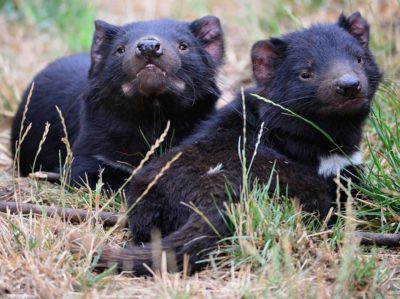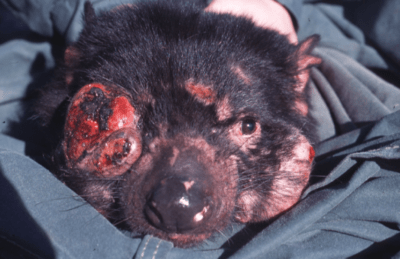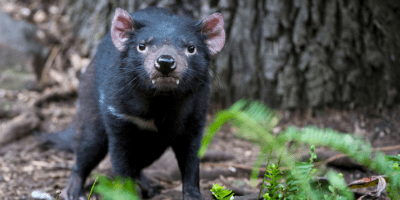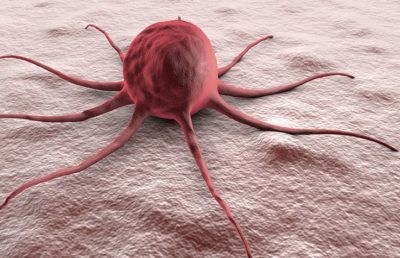
In 1996, the discovery of a species-threatening disease affecting the already endangered Tasmanian Devil population in North-east Tasmania, had scientists in the island located Southeast of Australia baffled and alarmed.
Devil’s Facial Tumor Disease or DFTD, a face-deforming type of cancer, was spreading among the species, killing the island’s most well-known resident in numbers that could spell disaster for their kind.

It was described as a highly contagious form of carcinoma that spreads primarily when two of the animals bite each other in the face, a common occurrence among one of the world’s fiercest animals especially during territorial confrontations between males and mating between males and females.
The wounds from these bites become entry sites which then progress into tumors that spread around the Tasmania Devils’ faces, preventing them to feed properly which ultimately leads to their deaths.

The Tasmanian Devil, a carnivorous marsupial roughly the size of a dog and only native to the island state of Tasmania, was once seen as a threat to local livestock, leading to it being aggressively hunted by humans in the early 1900s. By the 1940s, it was already at the brink of extinction, leading to more active conservation efforts to save the species. During the discovery of DFTD in 1996, the Devil population, roughly estimated at 250,000 individuals, was again under threat, with the cancer ravaging a huge portion of the remaining numbers

In 2014, the discovery of a second type of DFTD quite similar to the first, was discovered in the Southern part of Tasmania; an area isolated from where the original disease was first documented,leading scientist to conclude that this was a newer type, naming it DFTD2. It is believed that both types of tumor-causing diseases are responsible for further reducing the population, with estimates ranging between 10,000 and 100,000 left in the wild.


